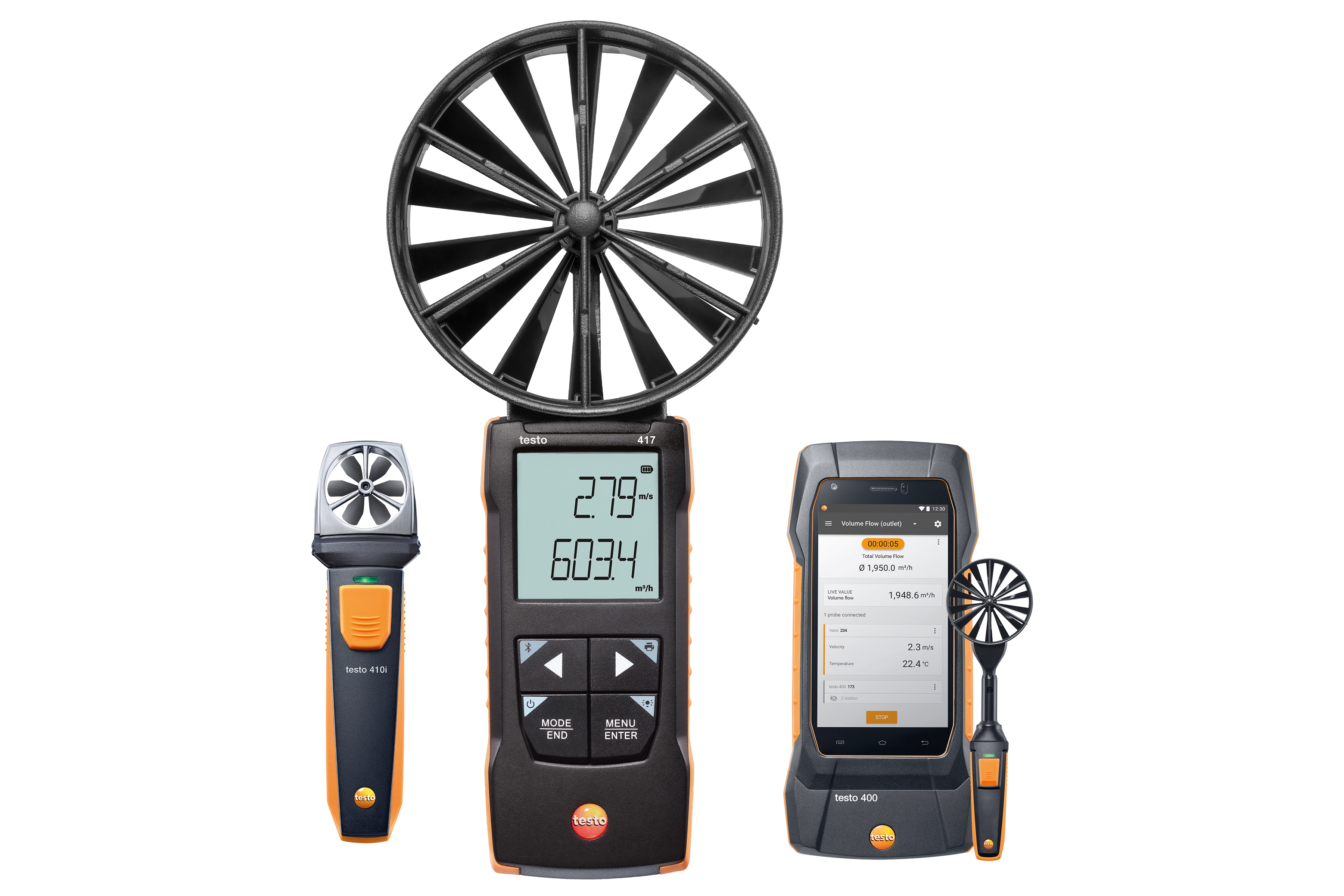Understanding Different Types of Anemometers for Various Applications
Understanding Different Types of Anemometers for Various Applications
Blog Article
All You Required to Know Regarding Anemometers: Exactly How They Work, Why They Issue, and Where to Use Them
Anemometers, however typically ignored in the realm of clinical tools, play a critical duty in different areas, offering valuable insights into wind rate and airflow patterns. Understanding the auto mechanics behind these tools is vital for anyone seeking to harness the power of this information. From meteorologists tracking climate patterns to engineers designing structures with wind lots in mind, the applications of anemometers are varied and far-ranging. As we dive right into the complexities of anemometer innovation, we will certainly discover the inner operations of these gadgets, their value, and the essential factors to consider when picking the best anemometer for specific applications.

Anemometer Essentials
A vital instrument made use of to measure wind rate and instructions, the anemometer plays an important function in weather forecasting and numerous markets. An anemometer typically is composed of three or four mugs that turn in the wind, a vane that points right into the wind, and sensing units to track the movements or rotations.
There are various kinds of anemometers readily available, including cup anemometers, vane anemometers, hot-wire anemometers, and sonic anemometers, each with its distinct features and applications. Mug anemometers are frequently made use of for basic wind speed dimensions, while vane anemometers are preferred for directional dimensions. Hot-wire anemometers are suitable for reduced airspeeds, and sonic anemometers are optimal for high-precision dimensions in study and industrial settings. Recognizing the fundamentals of anemometers is vital for exact wind data collection and analysis across different fields.
Concepts of Anemometer Operation
Structure on the foundational understanding of anemometer basics, the concepts of anemometer operation clarify the mechanics behind wind speed and instructions dimensions. Mug anemometers, for instance, have three or more cups that catch the wind, triggering them to rotate faster as the wind speed increases. Hot-wire anemometers count on a heated wire that cools down as wind passes over it, with the price of cooling determining the wind speed.
Value of Anemometers
Anemometers play a critical function in measuring wind speed and instructions, supplying essential data for weather condition projecting, climate research studies, environmental monitoring, and aeronautics operations. Meteorologists depend on anemometers to gather accurate wind data, aiding them comprehend web weather condition patterns, forecast tornados, and concern timely cautions to the public. Wind farm operators make use of anemometers to evaluate wind conditions and make the most of electrical energy manufacturing from wind generators.
Applications Across Various Industries
In the eco-friendly energy market, anemometers play a crucial role in analyzing wind problems for wind ranch positionings, making certain optimal power manufacturing. Industries like construction and mining make use of anemometers to monitor wind rates, vital for safety methods, especially when working at over at this website heights or in open-pit mines where solid winds can posture risks. In farming, anemometers assist farmers in handling plant splashing by offering real-time information on wind rate to avoid drift.

Selecting the Right Anemometer for Your Needs
For basic purposes, a cup anemometer is suitable for determining wind rate, while a vane anemometer provides wind direction information. Hot-wire anemometers are ideal for reduced airspeed dimensions, and ultrasonic anemometers provide high precision and longevity.

Final Thought
Finally, anemometers play a critical duty in measuring wind rate and direction throughout various industries. Understanding the concepts of anemometer operation is essential for picking the ideal device for details demands. Home Page From weather forecasting to aeronautics, anemometers are essential devices for collecting accurate information and making sure security in various applications. When choosing the most ideal tool for measuring wind problems., it is crucial to take into consideration the relevance of anemometers in order to make educated decisions.
There are different kinds of anemometers readily available, including cup anemometers, vane anemometers, hot-wire anemometers, and sonic anemometers, each with its one-of-a-kind features and applications. Mug anemometers are generally made use of for basic wind speed measurements, while vane anemometers are liked for directional dimensions. Hot-wire anemometers are ideal for reduced airspeeds, and sonic anemometers are ideal for high-precision dimensions in research and industrial setups.Building on the fundamental understanding of anemometer basics, the principles of anemometer procedure elucidate the auto mechanics behind wind speed and instructions dimensions. For general purposes, a cup anemometer is suitable for gauging wind speed, while a vane anemometer offers wind direction data.
Report this page